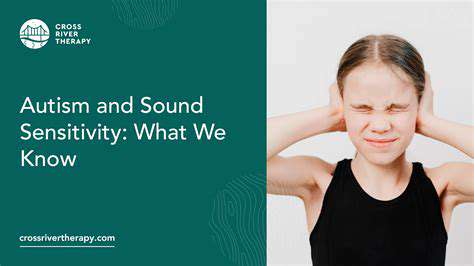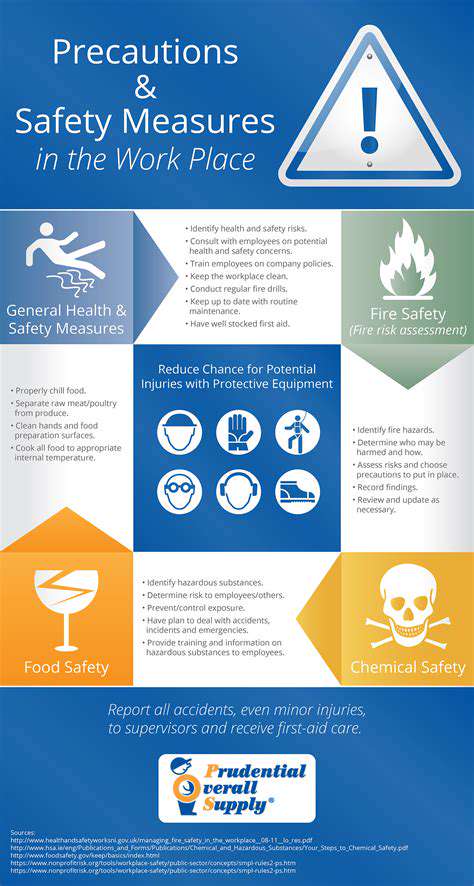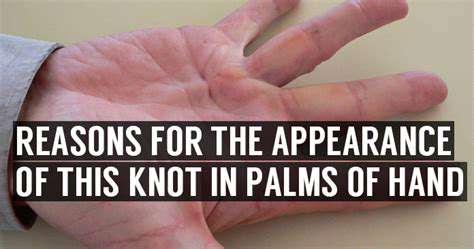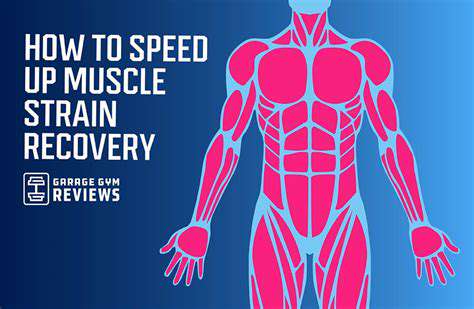Head and Eye Ache: Common Causes and Relief Strategies
Common Causes of Head and Eye Ache
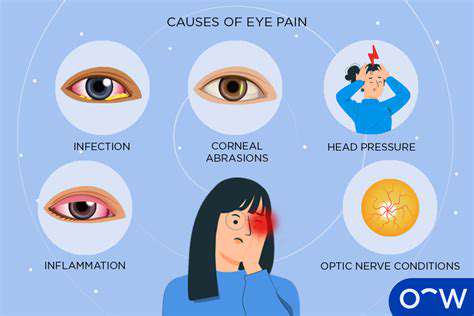
Understanding Tension Headaches
Tension headaches are among the most common types of headaches, often characterized by a feeling of tightness or pressure around the forehead. These headaches can be triggered by stress, anxiety, or poor posture. People who spend long hours at a desk or in front of a computer may be particularly susceptible. Along with the headache, sufferers might also experience tenderness in the scalp, neck, and shoulder muscles.
When coping with tension headaches, it is essential to identify the physical and emotional stressors contributing to the pain. Regular breaks and stretches can positively impact muscle relaxation. Staying hydrated and maintaining a balanced diet can also help mitigate the frequency of these headaches. Moreover, practicing mindfulness and relaxation techniques may aid in reducing overall tension levels.
For many individuals, over-the-counter pain relief options, such as ibuprofen or acetaminophen, can provide temporary relief. However, if tension headaches become chronic, it may be beneficial to consult with a healthcare professional. A targeted treatment plan, potentially including physical therapy or counseling, could be recommended in these cases.
Incorporating regular physical activity into daily routines can improve overall well-being and reduce the likelihood of tension headaches. Stretching exercises, yoga, and aerobic activities can enhance circulation and alleviate muscle tightness.
Identifying Eye Strain and Its Effects
Eye strain, also known as asthenopia, is a common condition often associated with prolonged screen time, reading, or focusing on small objects. It can lead to discomfort in the eyes, headaches, and even neck or shoulder pain. Eye strain can exacerbate existing headaches, making it crucial to recognize the symptoms. Common signs of eye strain include blurred vision, dryness, and a feeling of tiredness or heaviness in the eyes.
To minimize eye strain, individuals should adopt the 20-20-20 rule: every 20 minutes, take a 20-second break to look at something 20 feet away. This practice allows the eye muscles to relax and reduces fatigue over time. Ensuring proper lighting and screen brightness can also make a significant difference in comfort levels.
Using appropriate eyewear, such as blue light blocking glasses, may further help reduce eye strain symptoms, especially for those spending extended periods in front of screens. Regular eye exams are recommended to ensure that prescription lenses are up-to-date and suitable for one's lifestyle. Understanding the importance of eye care is vital in today's digital age.
Additionally, practicing good ergonomics while working or studying can significantly enhance comfort and reduce the likelihood of eye strain. Adjusting screen height, maintaining an appropriate distance from screens, and ensuring that seating arrangements are conducive to proper posture are key factors in preventing discomfort.
Recognizing Symptoms
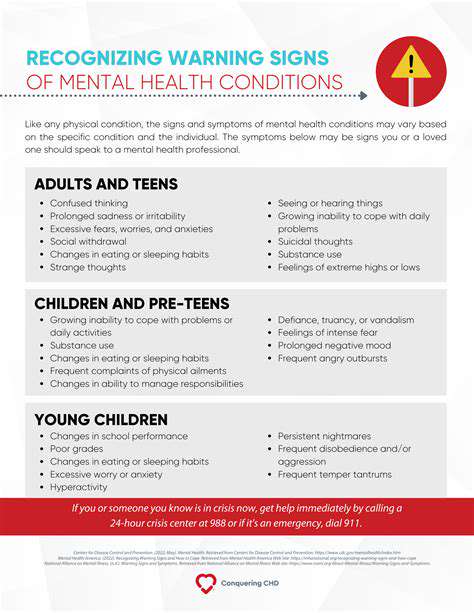
Identifying Common Symptoms
Head and eye aches often present with a variety of symptoms that can affect daily life. Individuals may experience throbbing pain, pressure behind the eyes, or even sensitivity to light. Recognizing these symptoms early can help in seeking appropriate treatment and relief. It's essential to pay attention to accompanying signs, such as nausea or visual disturbances, which may indicate a more serious condition.
Some may also notice tension in the neck and shoulders, which can exacerbate head and eye discomfort. This tension can be caused by poor posture, long hours in front of a screen, or even stress. Keeping track of when and how symptoms occur is crucial for effective management.
In addition to physical pain, some individuals report emotional symptoms like irritability or difficulty concentrating. These feelings can be related to the discomfort experienced, increasing the overall impact on one’s well-being. The holistic understanding of these symptoms is crucial for effective treatment.
If symptoms persist, it’s advisable to consult a healthcare professional who can provide guidance and potential diagnostic measures. Early intervention can help prevent chronic conditions from developing further.
Common Causes of Head and Eye Aches
There are several widespread causes of head and eye aches, including tension headaches, migraines, and sinusitis. Tension headaches are often triggered by stress, poor posture, or fatigue, leading to discomfort in the scalp and forehead.
Migraine sufferers may experience more intense throbbing pain, often accompanied by nausea and light sensitivity. These episodes can be debilitating and might require medical intervention for relief. Understanding the triggers can significantly help mitigate these headaches' frequency and severity.
Eye strain is another prevalent cause, particularly in the digital age, where extended screen time is common. Symptoms can include aching eyes, difficulty focusing, and even headaches, making breaks crucial for relief.
Allergies or sinus infections can also contribute to head pain and eye discomfort, as inflammation in these areas leads to pressure and pain. It's essential to identify these underlying issues to target treatment effectively.
Treatment and Relief Strategies
Managing head and eye aches often involves a combination of self-care strategies and medical treatments. Over-the-counter pain relievers, such as ibuprofen or acetaminophen, can provide immediate relief for tension headaches. However, it’s vital to follow dosage instructions and consult a healthcare provider if headaches persist.
Practicing relaxation techniques, such as deep breathing or yoga, can help alleviate tension that contributes to head and eye discomfort. Regular exercise and maintaining good physical posture are also beneficial in preventing these aches.
Adjusting screen time and taking regular breaks can help combat eye strain. The 20-20-20 rule, which involves looking at something 20 feet away for 20 seconds every 20 minutes, can be particularly effective. Staying hydrated is essential, as dehydration can often lead to headaches.
In some cases, healthcare professionals may recommend prescription medications or physical therapy to address chronic conditions. Identifying triggers through a headache diary can help tailor a more personalized treatment plan.
Alternative Therapies
Alternative therapies can provide additional relief for individuals seeking natural methods to manage head and eye aches. Acupuncture, for example, has been shown to alleviate headache frequency and intensity for some people. This ancient practice focuses on balancing energy within the body and reducing pain.
Massage therapy can also be beneficial, especially when targeting neck, shoulder, and scalp tension. By releasing muscle tension in these areas, one can find substantial relief from headaches and associated symptoms. Regular sessions can promote overall relaxation and stress relief, aiding in headache prevention as well.
Herbal remedies such as peppermint oil or ginger tea may offer soothing effects and can be used as part of a broader management plan for occasional headaches. It's essential to discuss any alternative treatments with a healthcare provider to ensure they are safe and appropriate.
Mindfulness and guided meditation can also help manage the psychological aspects of pain associated with headaches. These practices focus on grounding oneself and reducing stress, which can be a significant trigger for many experiencing head and eye aches.
When to Seek Medical Help
While most head and eye aches can be managed with self-care, it's crucial to know when to seek medical help. If headaches become chronic or couple with severe symptoms, such as sudden vision changes or difficulty speaking, it’s essential to consult a healthcare provider promptly.
Signs of concern also include headaches that worsen over time, those triggered by physical exertion, or those that occur following an injury. These symptoms may indicate a more serious underlying condition that requires immediate evaluation.
Additionally, if over-the-counter treatments do not relieve headaches or if they disrupt daily activities, it’s time to consult with a professional. Keeping a record of headache occurrences and associated symptoms can provide valuable information for healthcare providers.
Ultimately, understanding the complexities of head and eye aches empowers individuals to seek appropriate care. Regular check-ups and open communication with healthcare professionals can lead to better management strategies and improved quality of life.
Effective Solutions for Relief
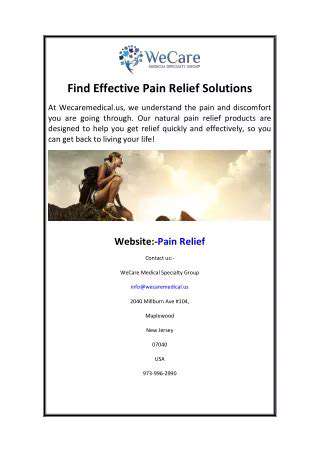
Understanding the Causes of Head and Eye Ache
Head and eye aches can be triggered by a variety of factors, including stress, poor ergonomics, and eye strain. Recognizing these triggers is crucial for effective management and prevention. Additionally, environmental factors such as lighting and screen time can significantly contribute to discomfort.
Medical conditions such as migraines, tension headaches, or sinus infections may also be underlying causes. Consulting with a healthcare provider can help identify these conditions early on.
By understanding the different potential causes of head and eye aches, individuals can take proactive steps to avoid these debilitating symptoms.
Recognizing Symptoms and When to Seek Help
The symptoms of head and eye ache can range from mild discomfort to severe pain. It’s essential to be aware of accompanying symptoms such as nausea, dizziness, or visual disturbances.
Knowing when to seek medical attention is vital to prevent more severe health issues. If headaches become frequent, change in pattern, or are accompanied by other concerning symptoms, it is advisable to consult a healthcare professional.
Early diagnosis and intervention can lead to more effective treatment strategies and improved quality of life.
Home Remedies and Lifestyle Changes
Simple lifestyle changes can significantly reduce the severity and frequency of head and eye aches. Staying hydrated, maintaining a balanced diet, and ensuring adequate sleep can contribute to overall well-being.
Incorporating regular breaks during screen time allows the eyes to rest, which can alleviate eye strain and headache symptoms. Techniques such as the 20-20-20 rule—looking at something 20 feet away for 20 seconds every 20 minutes—can be particularly effective.
Additionally, practicing stress management techniques like yoga, meditation, or deep-breathing exercises can help reduce tension that contributes to headaches.
Over-the-Counter Solutions and Medication
For mild cases of head and eye ache, over-the-counter medications such as ibuprofen or acetaminophen can provide immediate relief. It is important to follow the dosage instructions carefully to avoid potential side effects.
Some individuals find that topical treatments, such as menthol creams or gels, can help alleviate discomfort in specific areas. Always consult with a pharmacist or healthcare provider if unsure about the appropriate medication.
In cases of chronic or severe headaches, prescription medications may be necessary. A healthcare provider can help determine the best course of action based on individual symptoms and health history.
Professional Treatments and Alternative Therapies
Consulting with a healthcare professional is important for understanding persistent head and eye aches. Treatments may include physical therapy, acupuncture, or chiropractic care, which can provide relief for tension-based headaches.
Additionally, cognitive behavioral therapy (CBT) has been shown to help those who suffer from chronic headaches as it addresses underlying stress and emotional factors. Techniques learned in therapy can equip individuals with tools to manage their pain more effectively.
Alternative therapies such as aromatherapy or herbal supplements may also provide relief. However, it's essential to discuss these options with a healthcare provider to ensure they don't interfere with existing treatments.
